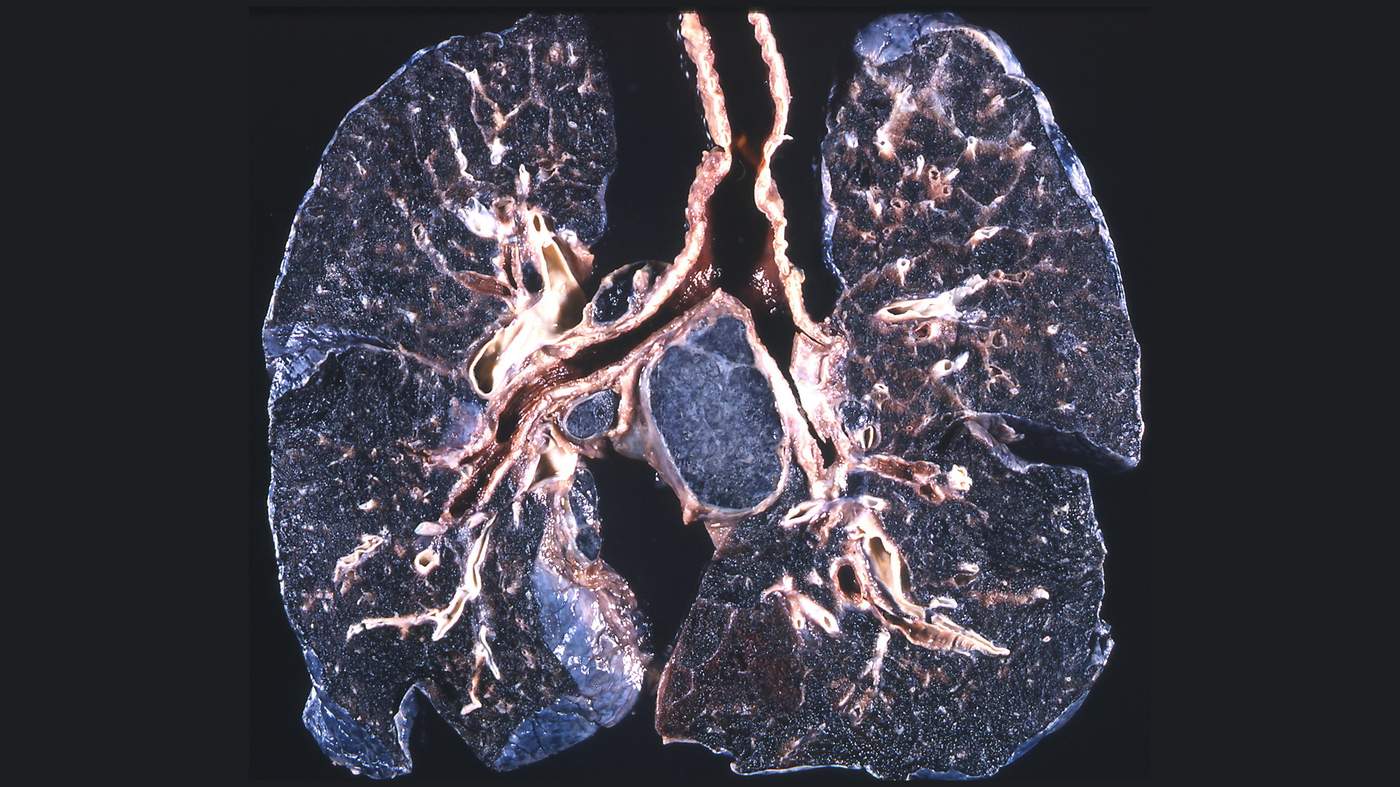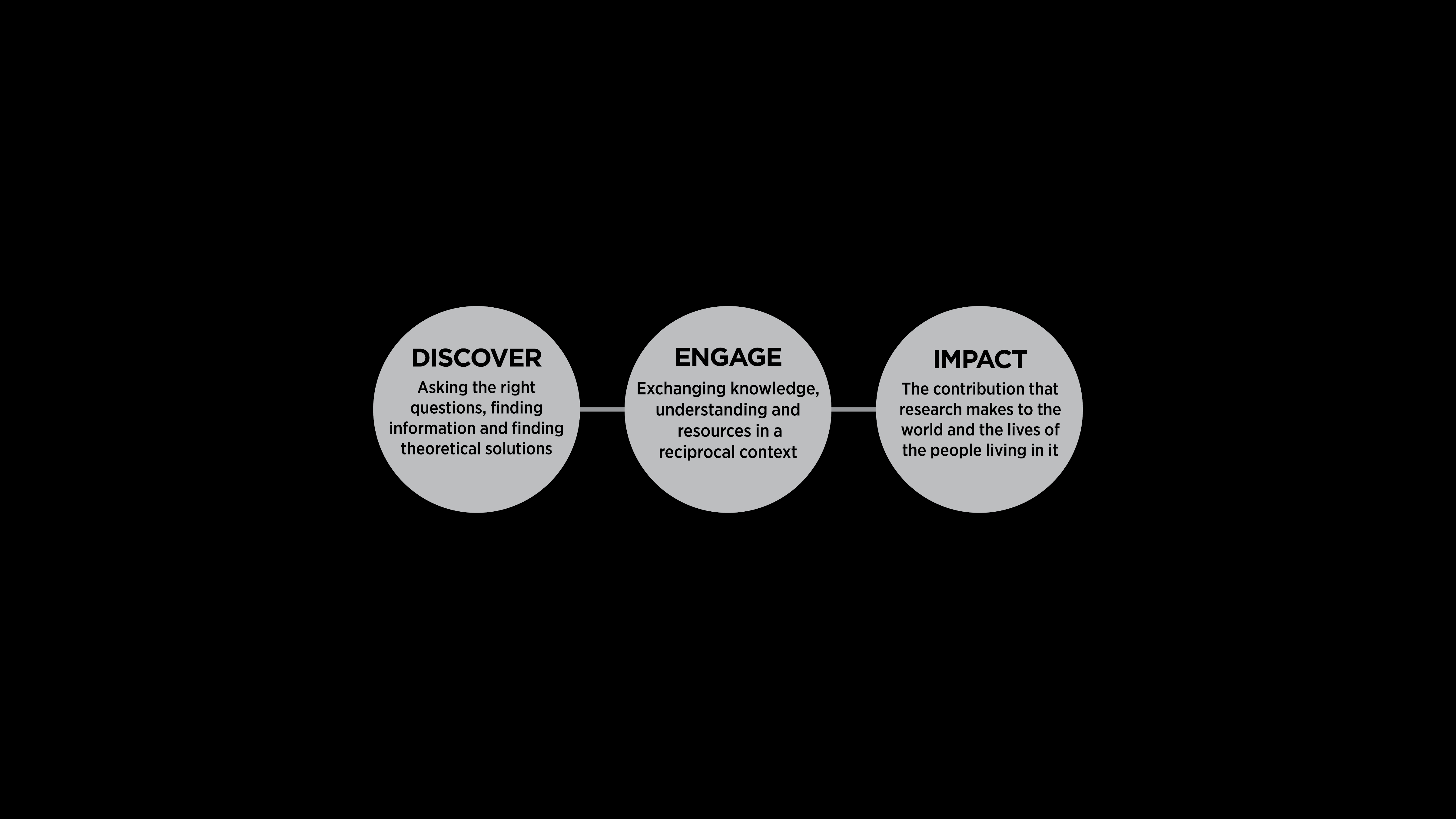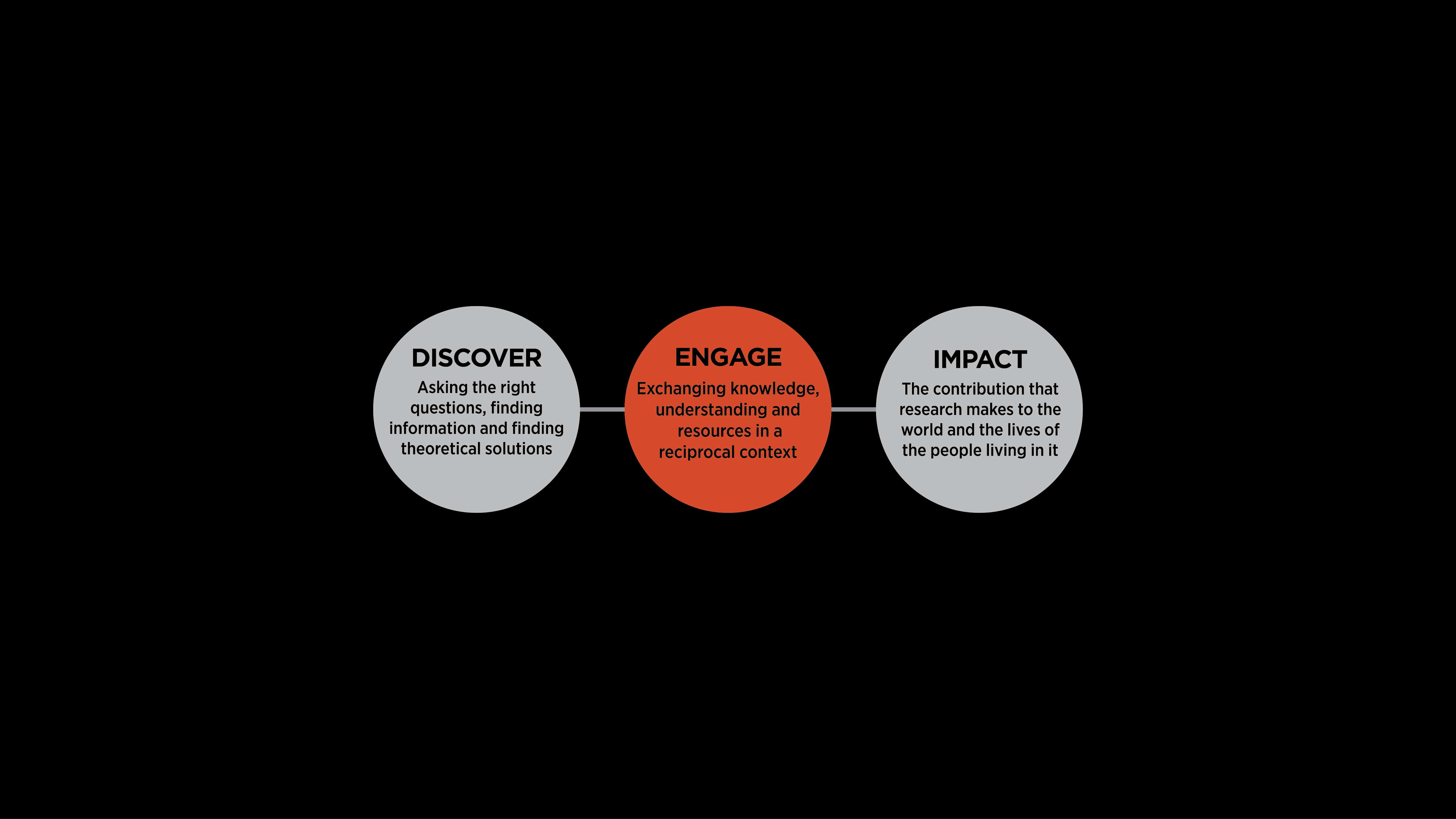By the time the cough starts, it’s already too late.
Coal workers’ pneumoconiosis (CWP), or black lung, is a potentially fatal, irreversible lung disease caused by breathing in coal mine dust.
The culprit is respirable dust released during mining, which contains coal and other mineral particles that are small enough to be breathed deep into the lungs, where they can block air passages and cause scarring of lung tissue.
CWP has two stages, simple and complicated. In the simple stage, small nodules develop in the lungs. At this stage, affected workers may be asymptomatic, or have shortness of breath and a chronic cough.
If workers continue to be exposed to high concentrations of respirable coal dust, the disease can cause chronic airflow limitation and progress to complicated CWP. This causes large, dense fibroids in the lungs that significantly reduce lung function and can be fatal.
Because there is no cure, the only way to save people from CWP is by preventing them from breathing in the dangerous respirable coal dust in the first place.
This prevention is the aim of a joint research initiative between The University of Queensland, the Queensland Government’s Safety in Mines Testing and Research Station (Simtars) and New South Wales-based industry organisation Coal Services, with funding from the Australian Coal Association Research Program (ACARP).
The ‘Improving respirable coal dust exposure monitoring and control’ project, led by Professor David Cliff from UQ’s Minerals Industry Safety and Health Centre (SMI-MISHC), has two main aims: to establish the best ways of measuring mine workers’ exposure to respirable dusts, and then using these measurements to test the effectiveness of different exposure reduction methods.
Nikky LaBranche, Principal Mining Engineer, says the project goes to the heart of Simtars’s remit to improve the health of safety of mine workers in Queensland.
“Ultimately, this is about advancing the introduction of broad-scale, real-time, personal monitoring of respirable dusts to improve health outcomes for the mining workforce.”
Professor Cliff says a lot of attention has been directed to inadequate medicals, which failed to detect the disease earlier.
“What we’re trying to do is say, how did it happen in the first place? It happened because people are exposed to excessive levels of respirable coal dust,” he says, highlighting the fact that prevention is better than cure.
Professor Cliff says the first step in efforts to reduce the amount of respirable dust miners are exposed to is to determine the most effective dust-monitoring systems.
The most commonly used monitoring systems in Australia consist of filters worn by miners throughout their shift, which can be analysed at the end of the shift to assess how much dust the worker was exposed to.
“While it’s fine for a cumulative exposure over the lifetime, it doesn’t tell you where the worker was when the dust was exposed, or what it was that caused the dust exposure, and at what time,” says Professor Cliff.
By testing alternative technologies, such as fibre optic devices, Professor Cliff is hoping to find monitoring methods that provide accurate, real-time data on coal dust exposure. This data can then be used to assess different dust control techniques to determine which is the most effective.
Techniques range from preventing dust from forming in the first place – by infusing water into the coal or using additives to make the dust particles bigger, so they can’t be inhaled as readily – to using sprays to take the dust out of the air, or installing devices that collect the dust.
“Some of the controls are as simple as moving people out of the dust streams,” says Professor Cliff, who hopes that their discoveries will also be translatable to other related industries.
“We will be able to apply them in India to look at stone companies and gem companies.”
The research project is scheduled to run for 12 months, and Professor Cliff hopes it will lay the groundwork for vastly improved processes in coal mining.
“We want to have the tools required to establish an acceptable working environment, in both monitoring and control, and have processes in place which everyone regards as being appropriate. Hopefully, it will be a huge quantum change to where we are now.”
The adventure so far:
May 2015: The first Queensland coal miner in 30 years is diagnosed with coal workers’ pneumoconiosis (CWP), or black lung
January 2016: Queensland Minister for Natural Resources and Mines Dr Anthony Lynham commissions the Monash Review
July 2016: Monash Review report is released
September 2016: Coal Workers’ Pneumoconiosis (CWP) Select Committee is established by the Queensland Parliament
December 2016: Australian Coal Association Research Program provides funding to UQ, Simtars and Coal Services to establish the ‘Improving respirable coal dust exposure monitoring and control’ research project
May 2017: Coal Workers’ Pneumoconiosis (CWP) Select Committee report released. The research project is officially launched
(Photo credit: iStock/aluxum; previous page: iStock/svet110; Opening page: Flickr/Yale Rosen. Words by: Jessica Marshallsay)



